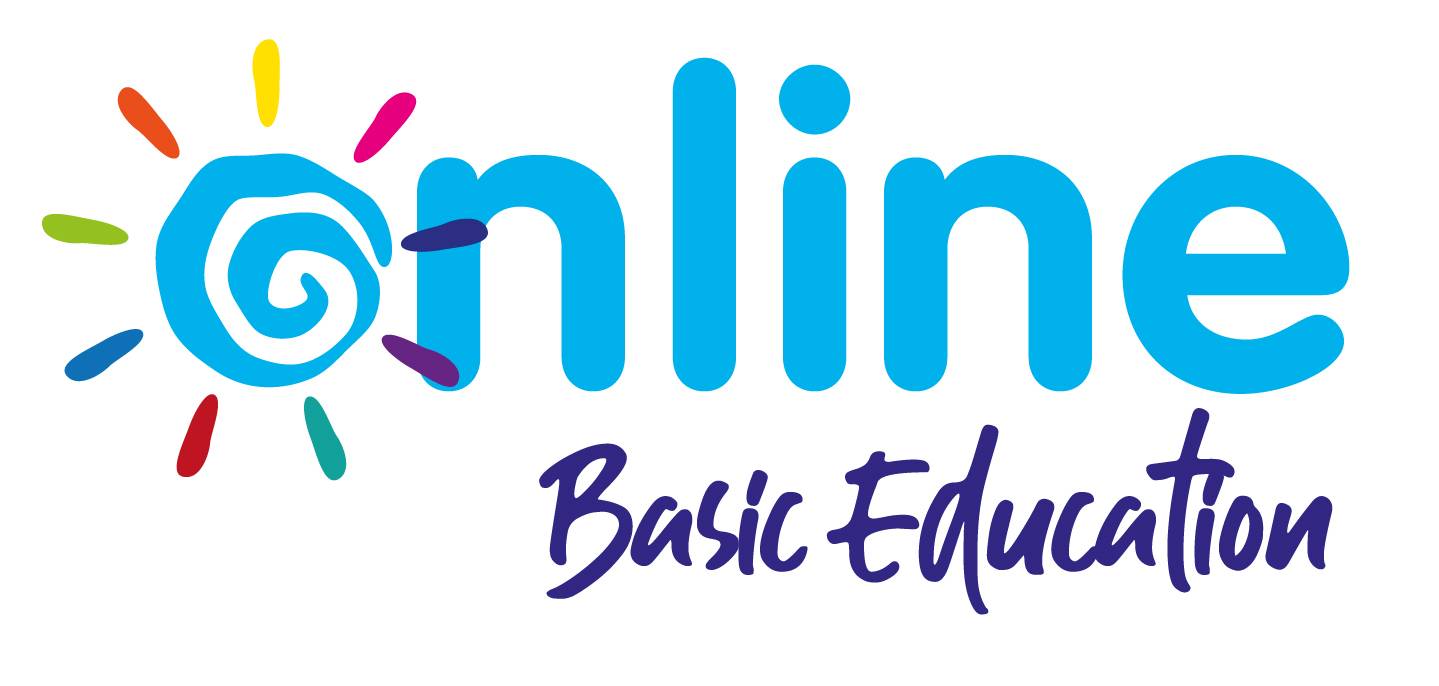The Philippines’ transition to the K to 12 program a few years back has introduced new concepts into the country’s educational system – from the length of secondary education to the inclusion of tracks or strands. While the incorporation of tracks has helped students get better background knowledge and preparation, it has also caused a bit of confusion for students planning on taking up a specific course, like architecture. If you’re an incoming SHS student who’s planning on pursuing architecture, this article will help you choose the right architecture track and SHS strand for the best educational flow.
What Is an Architecture Degree?
An architecture degree is a professional degree that is awarded to students who have completed a course of study in the field of architecture. The course of study usually takes four years to complete and includes courses in design, engineering, mathematics, and art. The first two years are spent on general education courses such as math, science, humanities, and social sciences. The last two years are spent on more specialized courses such as architectural history and design. This is why pursuing an architecture degree may require a specialized architecture strand in SHS instead of a more general approach to education.
What Do You Need to Know About Tracks in Senior High School?
Now that you know what an architecture degree entails, it’s now time for you to understand what the SHS tracks are available in educational institutions in the Philippines today. Senior high school tracks and strands in the Philippines are determined by the student’s choice of major. There are five tracks: General Academic Strand (GAS), Science, Technology, Engineering, and Mathematics (STEM), Accountancy, Business and Management (ABM), Humanities and Social Sciences (HUMSS), and Technical-Vocational-Livelihood (TVL).
The GAS track is for students who have not yet decided on their future specialization. This track provides students with general subjects and courses that may be applicable to specific courses without going into too much depth. For students who want to pursue education in accountancy and management can take up the ABM track. Those who would want to forge careers in technical industries, including science and engineering, can take up the STEM track. On the other hand, HUMSS track is a great strand for those looking to pursue sociological and artistic careers. Lastly, the TVL track aims to train students with job-specific skills to be employable even without pursuing a college degree.

What SHS Strand to Choose for an Architecture Degree
If you’re a student planning to become an architect, choosing the right senior high school strand for architecture is a critical decision. Architecture blends technical expertise with creativity, requiring students to develop skills in engineering, design, and problem-solving.
To ensure that you are well-prepared for an architecture degree, you need to enroll in the Science, Technology, Engineering, and Mathematics (STEM) strand.
The STEM Strand: The Best Senior High School Strand for Architecture
STEM is the most recommended senior high school strand for architecture, as it provides students with the technical knowledge required for university-level architecture programs. STEM’s course list include:
- Advanced Mathematics (Algebra, Trigonometry, Calculus)
- Engineering and Technical Drawing
- Physics and Material Science
- Computer-Aided Design (CAD)
Why Choose STEM for Architecture?
Pursuing a STEM strand in senior high school provides aspiring architects with the technical expertise needed to excel in design, engineering, and construction. Online learning in the Philippines offers a flexible way to build this foundation, allowing students to develop essential skills at their own pace.
- Strong Technical Foundation: Architecture relies on engineering and mathematics, which are integral parts of the STEM curriculum.
- Hands-on Learning: STEM emphasizes problem-solving and experiential learning, helping students develop spatial awareness and design capabilities.
- University Admission Requirements: Most architecture programs prefer or require students with a STEM background to ensure they have a solid grasp of physics and engineering principles.
Alternative Strands for Aspiring Architects
While STEM is the most suitable architecture strand in SHS, some students may explore other academic tracks depending on their interests and skills. Here are some alternatives:
General Academic Strand (GAS)
GAS strand offers a more flexible curriculum, allowing students to take subjects related to business, arts, and science. While it does not specialize in technical subjects like STEM, it can still serve as a stepping stone for architecture students who want a broader educational background.
Humanities and Social Sciences Strand (HUMSS)
Although HUMSS is more focused on the study of society and culture, students interested in urban planning, architectural history, and design theory may find this strand beneficial. However, additional math and science courses may be required in college.
Accountancy, Business, and Management Strand (ABM)
ABM is suitable for students who aim to manage their own architecture firms in the future. The Accountancy, Business and Management strand,provides knowledge in finance, entrepreneurship, and business strategies that are useful for professional architects.
Choosing the right SHS strand for architecture is an important step toward your career. While STEM remains the best choice for aspiring architects due to its technical and mathematical focus, other strands like GAS, HUMSS, and ABM may also provide pathways to architecture-related careers.
Ensure that your chosen strand aligns with your university requirements and long-term career goals to set yourself up for success in this field.

What Are the Essential Course Requirements for an Architecture Student?
To become an architect in the Philippines, you will need to take the Senior High strand that meets all essential course requirements. These include mathematics, physical science, and technology-based courses such as drafting and applied mechanics. You will also have to take at least 12 units of elective classes related to architecture, such as art and computer-aided design (CAD). The STEM strand is a great option for those looking to pursue a career in architecture, as it offers the most comprehensive range of courses.
Are There Alternative Pathways to Becoming an Architect?
While it is true that the STEM curriculum is a great foundation for students who want to become architects, there are also alternative pathways that can be taken. You could pursue other related disciplines, such as visual arts, humanities, or social science, which could provide you with the necessary skills and knowledge for successful architecture. It all depends on your interests and career goals. Just make sure you have a basic understanding of mathematics, physics, and technical drawing since these are essential in becoming an architect.
So, What SHS Strand Should Aspiring Architects Take?
Architecture is a profession that requires both creativity and technical know-how, which is why the confusion regarding the SHS strand is understandable. If you’re planning on taking architecture after senior high school, the STEM strand may be the best choice to ensure that you get the right educational background and knowledge to seamlessly transition into an architecture degree. If you’re still not sure, it’s also a great practice for you to contact the university or education institution that you’re planning on completing your degree with and ask for their college requirements.








